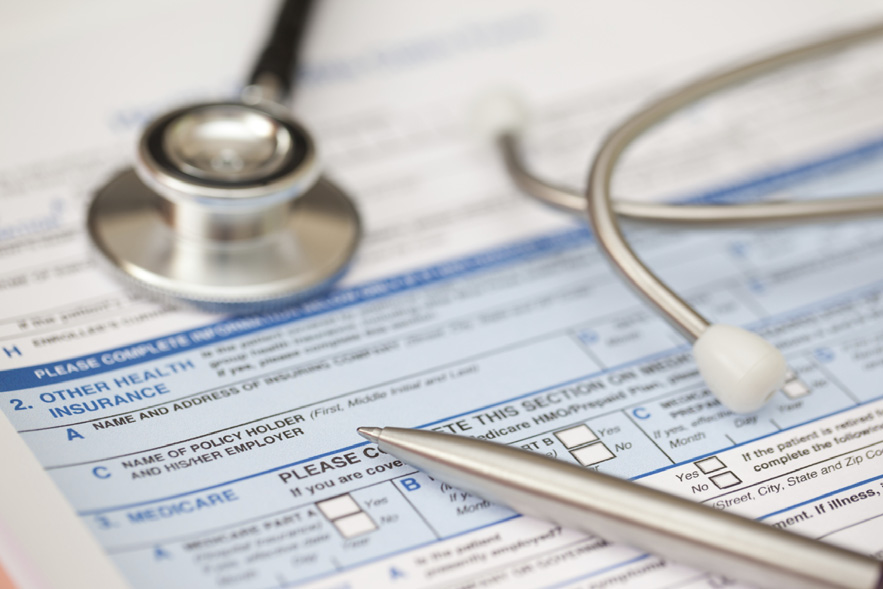While many businesses were excited to see the extension of the Alternative Fuel Vehicle Refueling Property Credit in the Inflation Reduction Act of 2022 (“IRA”) that President Biden recently signed, I wouldn’t jump to install a recharging station just yet. The ability to claim the credit has narrowed and could surprise the unwary businessperson.
While the credit is now applicable to any single refueling station, as opposed to the previous law where it was measured based on all refueling property placed in service during the taxable year, the required location of the refueling property may put some at a disadvantage.
What Is Qualified Alternative Fuel Vehicle Refueling Property?
Similar parameters exist in what property can qualify for the alternative fuel vehicle refueling property credit. The property must not include a building or its structural components, it must be depreciable property whose original use begins with the taxpayer, and it must be for the storage or dispensing of clean-burning fuel.
The clean-burning fuel is limited to three types. The most common type of clean-burning fuel utilized for this credit is electricity. However, fuel, where at least 85% of the volume consists of ethanol, natural gas, compressed natural gas, liquified natural gas, liquified petroleum gas, or hydrogen (or a combination thereof), is also considered clean burning fuel. In addition, clean burning fuel includes mixtures of biodiesel, diesel fuel, or kerosene, where at least 20 percent of the volume consists of biodiesel.
However, in order for property to be deemed qualified alternative fuel vehicle refueling property, the IRA requires that the property be placed in an eligible census tract. An eligible census tract for this credit includes low-income communities as defined under §45D(e). A low-income community means any population census tract if the poverty rate for such tract is at least 20%, or in the case of a tract not located within a metropolitan area, the median family income for such tract does not exceed 80% of statewide median family income, or in the case of a tract located within a metropolitan area, the median family income for such tract does not exceed 80% of the greater of statewide median family income or the metropolitan area median family income. A reference tool to assist in identifying low-income communities as identified under §45D(e) can be found here: Mapping Tool.
An eligible census tract can also include a tract that is not considered an urban area. An urban area is identified by utilizing the most recent decennial census. The Census Bureau plans to announce the final urban areas based on the 2020 census in December 2022. The urban census tracts based on the 2010 census can be found here.
How Much Is the Credit?
Provided that the refueling stations are considered qualified property, the credit amount will be up to 30% of the cost of the qualified property but can be as low as 6% if not all requirements are met. The basis still includes not only the purchase price of the property but also any costs for acquisition or construction. The basis must be reduced by any amount expensed under §179.
The IRA is more advantageous because it allows the credit to be determined based on a single item of property instead of calculating the credit based on all qualified property placed in service by a taxpayer during the taxable year. In addition, the maximum credit allowed in previous years was limited to $30,000, but the IRA increased the maximum credit amount to $100,000.
For example, let’s assume a business installs ten qualified alternative refueling stations for a cost of $15,000 each. The total cost of the stations would be $150,000. Under the previous law, a credit of $45,000 would be calculated, but only $30,000 would be allowed due to the limitation. Alternatively, under the new law, a credit of $4,500 would be calculated per charging station, with no limitation on each unit, for a total credit of $45,000.
Under the IRA, the initial credit for qualified property starts at 6% and increases to 30%, provided the wages and apprenticeship requirements are met. The wage requirement will be met if the taxpayers ensure that any laborers and mechanics employed or any contractor or subcontractor utilized in the construction of the qualified alternative vehicle refueling property is paid wages at rates not less than the prevailing rates for construction in the locality the project is located. In addition, qualified apprentices must be utilized when constructing the alternative fuel vehicle refueling property. For construction that begins after December 31, 2022 but before January 1, 2024, apprenticeship hours must equal 12.5% of the total labor hours, which is increased to 15% for construction that begins after December 31, 2023.
The increased credit amount, from 6% to 30% of cost, is only allowed if both the wage and apprenticeship requirements are met. It is expected that the Secretary of Treasury will issue regulations or guidance that require recordkeeping or information reporting regarding these requirements.
The overall changes made to the alternative fuel vehicle refueling property credit generally apply to property placed into service after December 31, 2022. However, for property placed into service after December 31, 2021, but before December 31, 2022, a credit equal to 6% of the total taxable year costs related to qualified alternative fuel vehicle property will be allowed.
While there are many great incentives in the revised Alternative Fuel Vehicle Refueling Property Credit for taxpayers, the additional constraints surrounding eligible census tracts and the wages and apprenticeship requirements may create a decreased credit amount or potentially eliminate any credit. A close examination of the new law should be performed before moving forward with purchasing and installing alternative vehicle refueling stations.
This article was originally published by Lynn Mucenski-Keck in Forbes on August 22, 2022.
Contact Us
For more information on this topic, please contact a member of Withum’s Business Tax Services Team.




